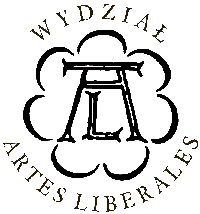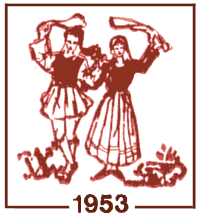The project is financed by the National Science Center and carried out at the Faculty „Artes Liberales” at the University of Warsaw in cooperation with the Dora Stratou Dance Theatre


| Testimony of: | zz missing object |
| Source | Megas 1958, 134 (sv. June 24th, St. John the Baptist’s Birthday) |
| Original text | [Chalkidiki, Macedonia] The most typical custom on St. John's birthday is the lighting of bonfires. Bonfires are lit on the eve of St. John's in front of every house or in the middle of the street. Some times three fires are lit in a row and then leapt over by each member of the family. Each household throws into its bonfire the withered May wreath, the branches on which their silkworms have rested, and the crown of St. John, which we shall mention again in the following pages. The village boys gather timber, twigs, dry leaves and bramble for the bonfire; they go out hunting for fire wood in groups or singly, competing against each other as to who will build up the largest bonfire. In the Chalcidice area, in Macedonia, the gathering of firewood is done with special pomp: all the young boys and bachelors of the village go to the nearest wood and cut down a tree about 15 or 20 feet high. The lower branches are shorn off and carried back to the village by the younger children. The older boys drag the trunk to the village with the help of ropes, singing and uttering wild, joyful cries. The trunk and lower branches are placed in one of the village court yards and guarded jealously, for fear of their being stolen by another group of young wood-cutters. In case of an attack of this kind, the village echoes with the sound of Homeric battles. On the eve of the feast the trunk is propped up in a square and the lower branches placed round it in pyramid shape. The fire is lighted at sunset. The whole neighbourhood then begin dancing round it, holding hands. When the flames reach the trunk, it is thrown down and the dancers begin leaping over the flames. The younger boys are the first to start, each one trying to jump higher than the boy before him. The old men and women wait until the fire is reduced to a small heap of glowing embers and jump as best they can for luck. When the fire has gone out completely, the village women scoop up a handful of ashes, to take home for protective and divinatory purposes. Various wishes and prayers are said during the leaping of the fire, such as : "I leave the bad year behind in order to enter a better year," or "I leap over the fire so that sickness will not touch me," or "Dear St. John, may I be cured," which proves that the ancient significance of leap ing over a fire — purification from all evil by the power of fire still unconsciously survives in the popular imagi nation. |
| Time/occasion of occurence | June 24th, St John's |
| Region of occurence | Chalkidiki, Macedonia - Show on map |
| Function | decorative, entertaining, confirming manliness/dexterity, |
| Comment | fire |